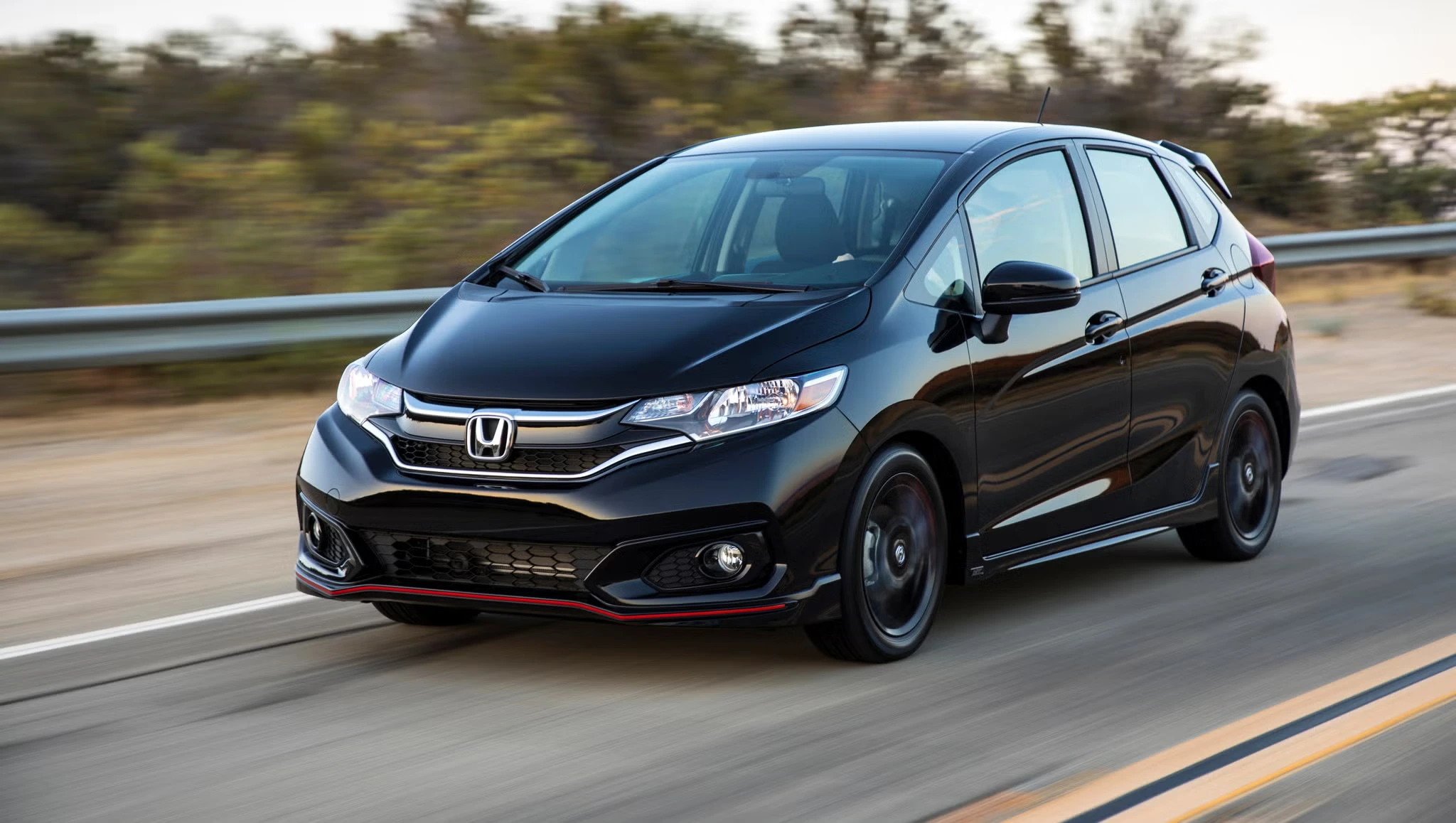
Honda Fit Problems in Kenya: What Every Buyer Should Know Before Owning One
The Honda Fit — also known as the Honda Jazz in some countries — is one of the most popular hatchbacks on Kenyan roads. Loved for its fuel efficiency, compact size and affordability, it’s become a top pick for urban motorists. But like any vehicle, it’s not without its challenges.
So, what are the problems with the Honda Fit, especially in Kenya? Let’s dive into the common issues Kenyan drivers have reported and how to deal with them.
Why Is the Honda Fit So Popular in Kenya?
Before we get into the problems, here’s why many Kenyans buy it:
- Excellent fuel economy (perfect for rising fuel prices).
- Compact for city driving and parking.
- Affordable spare parts compared to some European cars.
- High resale value in the local used car market.
But while the Honda Fit excels in many ways, here are the common problems that owners in Kenya experience.
Honda Fit Problems in Kenya
1. Transmission Issues — Especially with CVT Models
The most reported problem with the Honda Fit is the CVT (Continuously Variable Transmission). Many Kenyan drivers complain of:
- Jerking or delayed response when accelerating.
- CVT warning lights showing up unexpectedly.
- Transmission failure after 100,000+ km (especially without proper maintenance).
Tip: CVT gearboxes need special CVT fluid. Using ordinary ATF (Automatic Transmission Fluid) damages the system. Always service with genuine Honda CVT fluid at recommended intervals.
2. Low Ground Clearance
Kenyan roads are not always smooth and speed bumps or potholes can easily damage a Honda Fit’s undercarriage.
- Scraping noises are common.
- Damage to the exhaust or oil sump if not careful.
Solution: You can install spacers or raise the suspension slightly. However, consult a professional mechanic to avoid affecting ride quality or safety.
3. Electrical Glitches
Owners report problems like:
- Power windows malfunctioning.
- Dashboard warning lights for no reason.
- Central locking inconsistencies.
This is often due to Kenya’s humid climate affecting sensors or poorly maintained imported units.
Tip: Do a full computer scan before buying. It could save you from expensive surprises.
4. Overheating Issues
While not as common as transmission problems, overheating has been reported — mostly due to:
- Clogged radiators.
- Faulty thermostats.
- Using substandard coolant.Do regular service with the right coolant and flush the radiator yearly to prevent this.
5. Spare Parts Quality and Compatibility
Although parts are available in Kenya, not all are genuine. Many Fit owners face:
- Short lived suspension components.
- Incompatible parts from wrong model years.
Always check the chassis code (e.g., GE6, GK5) to ensure you’re buying parts that fit your specific Honda Fit.
Other Minor Concerns Kenyan Owners Have Mentioned
- Paint peeling or fading (especially red models).
- Limited power for highway overtaking.
- Rear seat comfort not ideal for long trips.
Should You Still Buy a Honda Fit in Kenya?
Absolutely — but only if you go in prepared. It’s a great car if you’re:
- A city driver.
- Looking to save on fuel.
- Comfortable with regular maintenance.
Make sure you:
- Buy from a trusted dealer or have a mechanic inspect a used unit.
- Stick to genuine fluids and service intervals.
- Use trusted spare parts suppliers.
Conclusion
The Honda Fit is a great value especially for city dwellers in Nairobi, Mombasa, Kisumu and other major towns. But like any vehicle, knowing the potential problems ahead of time helps you make informed decisions.
If you’re buying one or already own one, comment below — and stay tuned to Cheki.co.ke for more real, Kenyan focused car reviews and tips.